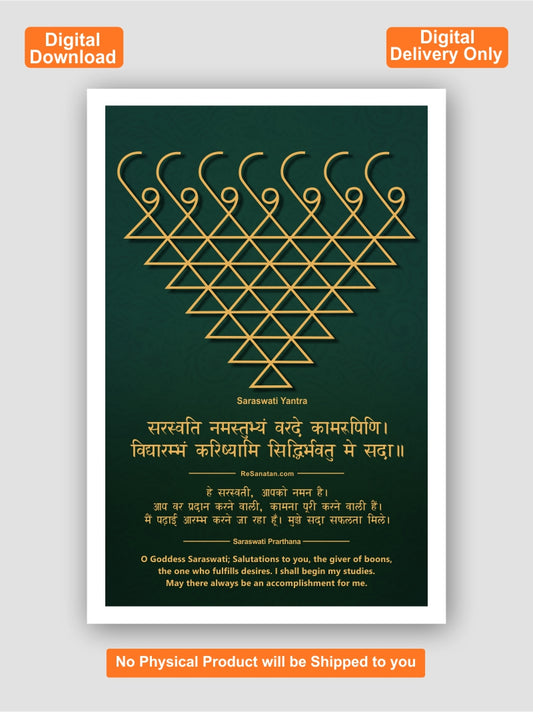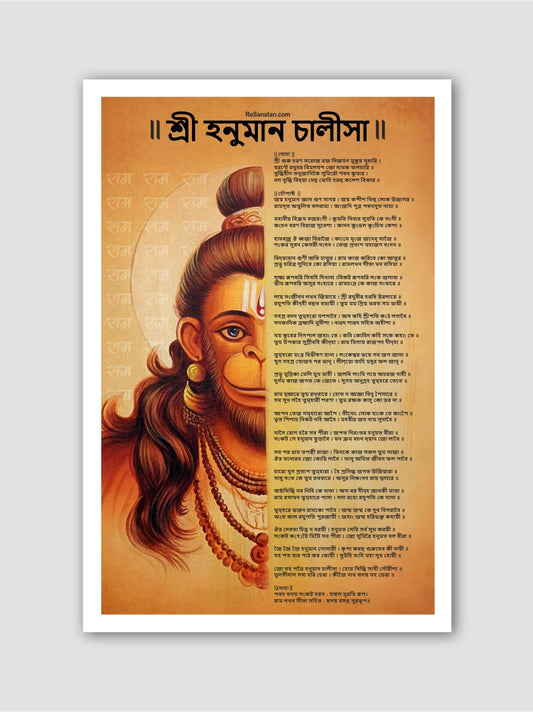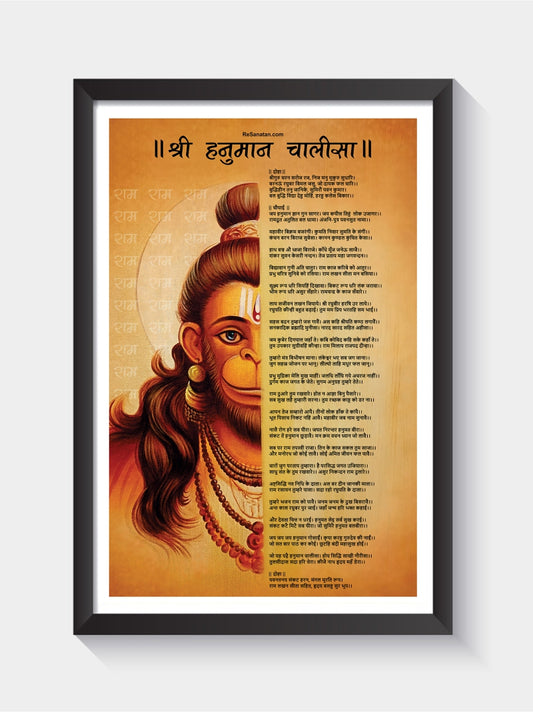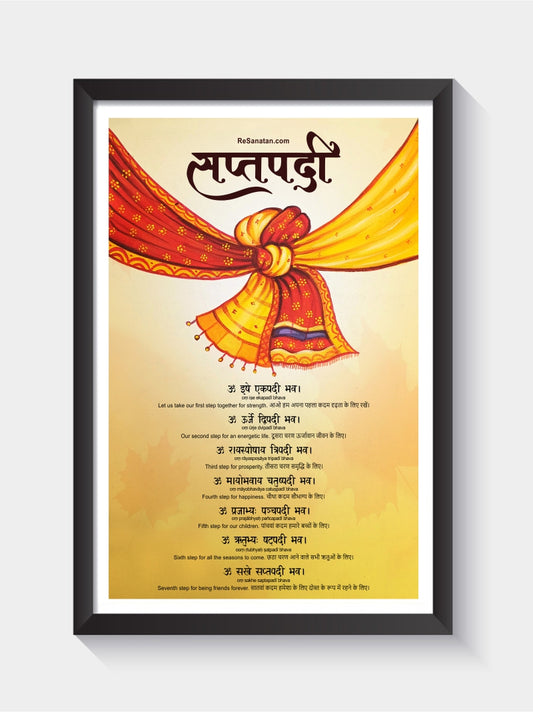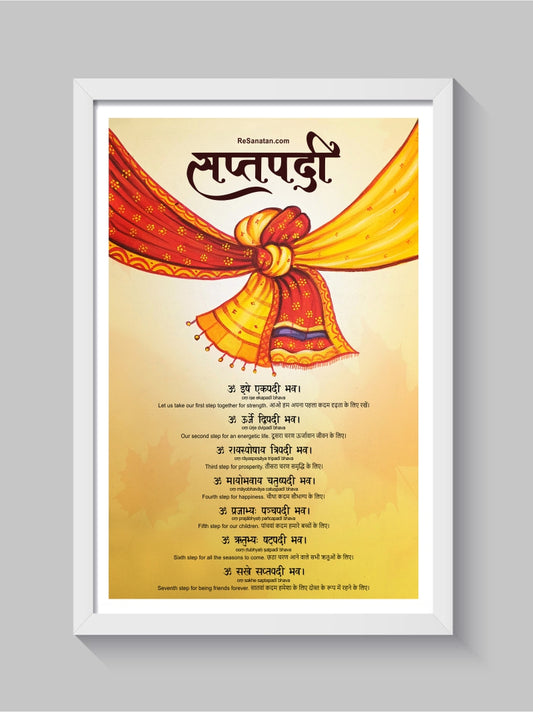Nag Panchami: Significance, Rituals, Celebration Date, Wishes, and Quotes
Share
Nag Panchami is a traditional Hindu festival dedicated to the worship of Nagas or serpent deities. Celebrated on the fifth day (Panchami) of the bright fortnight of the lunar month of Shravana (July/August), this festival holds significant religious and cultural importance across various regions of India. It is a day to honor snakes, which are considered sacred and powerful creatures in Hindu mythology.

Historical and Mythological Significance of Nag Panchami
Mythological Significance
Mythology plays a crucial role in understanding the importance of Nag Panchami. Several legends from Hindu scriptures highlight the significance of snakes and their worship:
1. Lord Shiva and Vasuki:
Vasuki’s Role: Vasuki, one of the most prominent snake deities in Hindu mythology, is closely associated with Lord Shiva. He is often depicted coiled around Shiva’s neck, symbolizing the snake’s role as a protector and a symbol of power. This imagery signifies the close relationship between deities and serpents in Hindu belief.
Shiva as a Snake God: Lord Shiva, known as Neelkanth (the blue-throated one) for drinking poison during the churning of the ocean, has a deep connection with snakes. This event, known as Samudra Manthan, emphasizes the protective nature of snakes, as Vasuki served as the churning rope.
2. Samudra Manthan (Churning of the Ocean):
Cosmic Event: During the churning of the ocean by the gods (Devas) and demons (Asuras) to obtain Amrita (the nectar of immortality), Vasuki played a pivotal role as the churning rope. The immense strain caused by the churning forced Vasuki to spew venom, which was consumed by Lord Shiva to protect the world. This act highlights the snake’s integral role in cosmic events and its significance in Hindu mythology.
3. Krishna and Kaliya:
Subjugation of Kaliya: The story of Lord Krishna and the serpent Kaliya is another important legend associated with Nag Panchami. According to the myth, the venomous serpent Kaliya had poisoned the Yamuna River, endangering the lives of the people. To protect them, young Krishna subdued Kaliya by dancing on its multiple hoods, forcing the serpent to leave the river. This story symbolizes the triumph of good over evil and underscores the power and divinity of serpents in Hindu lore.
4. Manasa Devi:
Goddess of Snakes: Manasa Devi, the goddess of snakes, is worshipped particularly in Bengal and other parts of Eastern India. She is revered for her power to cure snake bites and is often associated with fertility and prosperity. The worship of Manasa Devi during Nag Panchami reflects the ancient belief in the protective and benevolent aspects of snake deities.
Historical Context
The historical significance of Nag Panchami is intertwined with the ancient Indian practices of nature worship and animism. Snakes have been revered in various cultures worldwide, and in India, their worship dates back to the Indus Valley Civilization (circa 3300–1300 BCE). Archaeological findings, such as seals and sculptures depicting serpents, indicate the importance of snake worship in ancient Indian society.
1. Indus Valley Civilization:
Early Evidence: The Indus Valley Civilization provides some of the earliest evidence of snake worship. Artifacts such as terracotta figurines and seals featuring snake motifs suggest that serpents were venerated as powerful and protective beings.
Symbol of Fertility and Protection: In the agricultural society of the Indus Valley, snakes were likely seen as symbols of fertility and protection, guarding crops and homes from pests and evil spirits.
2. Vedic Period:
Naga Worship in Vedas: The Vedic texts, composed between 1500 and 500 BCE, contain references to Nagas. In the Atharva Veda, snakes are invoked for protection and healing, indicating their revered status in Vedic rituals.
Integration into Hindu Pantheon: Over time, snake worship became an integral part of the broader Hindu pantheon, with specific deities like Vasuki and Manasa Devi gaining prominence.
3. Cultural Syncretism:
Regional Variations: The worship of snakes has absorbed and adapted to various local traditions across India. In Maharashtra, Karnataka, Andhra Pradesh, and West Bengal, unique rituals and legends have emerged, blending local customs with broader Hindu beliefs.
Syncretic Practices: This cultural syncretism reflects the diverse ways in which Nag Panchami is celebrated, with each region adding its own historical and mythological layers to the festival.
Symbolic Meanings
The historical and mythological narratives of Nag Panchami convey several symbolic meanings:
1. Power and Protection:
Guardians of Wealth: In Hindu mythology, Nagas are often depicted as guardians of treasures and wealth, residing in the netherworld (Patala). This symbolism highlights their role as protectors and their association with prosperity.
Protective Deities: The protective aspect of snakes is emphasized in various legends, such as Vasuki’s association with Lord Shiva and Krishna’s subjugation of Kaliya.
2. Fertility and Renewal:
Agricultural Significance: Celebrated during the monsoon season, Nag Panchami has agricultural significance. The monsoon is a time of renewal and fertility, and snakes, as symbols of fertility, are worshipped to ensure a bountiful harvest.
Life and Death Cycle: Snakes, with their ability to shed their skin, symbolize the cycle of life, death, and rebirth, underscoring the Hindu belief in reincarnation and the eternal nature of the soul.
Nag Panchami 2025
In 2025, Nag Panchami will be observed on Tuesday, July 29 in most parts of India. This sacred festival is dedicated to the worship of Nag Devtas (serpent deities) and is marked by offering prayers, milk, and flowers to snake idols and anthills. The Nag Panchami Puja Muhurat falls between 5:41 AM to 8:23 AM, providing a 2-hour 43-minute window for performing the rituals. The Panchami Tithi begins at 11:24 PM on July 28 and ends at 12:46 AM on July 30. However, in Gujarat, Nag Panchami will be celebrated later, on Wednesday, August 13, 2025, as per their regional calendar. Devotees observe this day with devotion to seek protection from snakebites and to honor the powerful symbolism of serpents in Hindu mythology.

Rituals and Traditions of Nag Panchami
Despite the regional variations, the central theme of reverence and appeasement of the serpent deities remains constant. Here, we delve into the detailed rituals and traditions associated with this significant Hindu festival.
Worship and Offerings
The primary focus of Nag Panchami is the worship of snake deities, which is performed through various rituals and offerings:
1. Worship of Snake Idols:
Idol Preparation: In many households and temples, clay or metal idols of snakes are prepared. These idols are bathed in milk and decorated with flowers, symbolizing purity and devotion.
Mantras and Prayers: Devotees chant specific mantras and prayers dedicated to snake deities. These hymns are believed to invoke the blessings of the Nagas and ensure protection and prosperity.
2. Milk Offerings:
Significance of Milk: Milk is a central offering during Nag Panchami. It is believed that offering milk to snake idols or live snakes appeases the serpent deities and ensures their protection.
Feeding Live Snakes: In some regions, devotees visit snake pits or anthills, where they pour milk and offer sweets to live snakes. This practice is based on the belief that feeding snakes brings good fortune and wards off evil.
3. Honey and Turmeric:
Additional Offerings: Apart from milk, honey and turmeric are also offered to snake idols. Turmeric is considered auspicious and is believed to purify and protect, while honey symbolizes sweetness and devotion.
Symbolic Representations
Symbolic representations of snakes are an integral part of Nag Panchami rituals, reflecting the cultural significance of the festival:
1. Drawing Snake Images:
Traditional Drawings: In Maharashtra, it is customary to draw images of snakes on the walls and doors of houses using a mixture of red clay and cow dung. These drawings are worshipped and believed to protect the household from snake bites.
Artistic Expressions: In other regions, intricate rangoli designs featuring snake motifs are created at the entrance of homes. These artistic expressions symbolize welcoming the snake deities and seeking their blessings.
2. Snake Figurines:
Clay Models: In some parts of India, clay models of snakes are made and worshipped. These figurines are often placed in a small shrine or temple and adorned with flowers and sandalwood paste.
Fasting and Feasting
Fasting and feasting are important aspects of Nag Panchami, reflecting the devotion and communal spirit of the festival:
1. Observing Fast:
Types of Fasts: Many devotees observe fasts on Nag Panchami, abstaining from certain foods such as grains, meat, and alcohol. Some may observe a complete fast, while others may partake in a partial fast, consuming only fruits and milk.
Spiritual Significance: Fasting is seen as an act of purification and devotion, enhancing the spiritual connection with the snake deities.
2. Preparation of Special Dishes:
Festive Foods: Special dishes are prepared to mark the occasion. In Maharashtra, a traditional dish called “Patholi,” made of rice flour and jaggery, is popular. In other regions, sweets and delicacies made of milk and coconut are commonly prepared.
Community Feasts: Families and communities come together to share festive meals, reinforcing the sense of togetherness and celebration.
Cultural Performances and Storytelling
Cultural performances and storytelling play a significant role in the celebration of Nag Panchami, bringing the myths and legends associated with snakes to life:
1. Folk Dances and Songs:
Traditional Performances: In many regions, folk dances and songs are performed to celebrate Nag Panchami. These performances often depict stories from mythology, such as Krishna’s subjugation of Kaliya or the Samudra Manthan.
Snake Charmers: Although less common today due to animal welfare concerns, snake charmers playing traditional tunes and displaying live snakes used to be a popular aspect of the celebrations.
2. Storytelling Sessions:
Mythological Narratives: Storytelling sessions, where elders narrate legends and myths related to snake deities, are a common feature of Nag Panchami. These stories instill the cultural and religious significance of the festival in younger generations.
Manasa Devi Stories: In regions like West Bengal, stories of Manasa Devi, the goddess of snakes, are recounted, highlighting her role as a protector and healer.
Regional Variations
Nag Panchami is celebrated with distinct regional variations across India, each adding unique rituals and customs to the festival:
1. North India:
Temple Worship: In Uttar Pradesh and Bihar, large gatherings occur at temples dedicated to Nagas. Devotees offer prayers, milk, and flowers, and perform rituals to seek the blessings of the snake deities.
2. Maharashtra:
Home Rituals: The festival is marked by home rituals, including drawing snake images on doors and walls, offering milk, and performing pujas. Special prayers are offered to Lord Shiva and snake deities.
3. West Bengal:
Manasa Devi Worship: The worship of Manasa Devi is the highlight of Nag Panchami in West Bengal. Elaborate rituals, processions, and community feasts mark the celebration, with devotees fasting and offering prayers to the goddess.
4. South India:
Temple Visits: In Karnataka and Andhra Pradesh, devotees visit temples dedicated to snake deities and offer milk and turmeric to snake idols. Special rangoli designs featuring snake motifs are drawn at the entrance of homes, and prayers are offered for protection and prosperity.
Symbolism and Modern Relevance
Nag Panchami symbolizes the harmonious coexistence between humans and nature. Snakes, often feared and misunderstood, are revered and respected on this day. The festival promotes the idea of living in harmony with all creatures and recognizing their role in the ecosystem.
In contemporary times, Nag Panchami also serves as a reminder of the need for wildlife conservation, especially the protection of snakes, many of which face threats due to habitat destruction and human activities.
Nag Panchami 2024: Wishes and Quotes
Wishes
1. Warm Wishes:
May the divine blessings of Lord Shiva and the serpent deities fill your life with prosperity, happiness, and protection. Happy Nag Panchami!
2.Health and Happiness:
On this auspicious day of Nag Panchami, may you and your family be blessed with good health, joy, and success. Happy Nag Panchami!
3. Blessings of Nagas:
May the blessings of the Nagas protect you from all evils and bring peace and prosperity to your life. Happy Nag Panchami!
4. Devotion and Joy:
Celebrate the festival of Nag Panchami with devotion and joy. May the divine serpents bless you with a happy and prosperous life. Happy Nag Panchami!
5. Prosperity and Protection:
May the serpent deities bless you with prosperity and protection. Wishing you and your family a joyous Nag Panchami!
Quotes
1. Divine Blessings:
"May the blessings of Lord Shiva and the divine Nagas guide you towards a path of righteousness and success. Happy Nag Panchami!"
2. Harmony with Nature:
"Nag Panchami reminds us of the importance of living in harmony with nature and respecting all creatures. May this festival bring peace and prosperity to all. Happy Nag Panchami!"
3. Spiritual Significance:
"On this sacred day of Nag Panchami, may your prayers be heard, and may the divine serpents shower their blessings upon you. Happy Nag Panchami!"
4. Cultural Heritage:
"Nag Panchami is a celebration of our rich cultural heritage and ancient traditions. May this auspicious day bring joy and blessings to you and your family. Happy Nag Panchami!"
5. Triumph of Good Over Evil:
"Just as Lord Krishna triumphed over the serpent Kaliya, may you overcome all challenges and achieve success in life. Happy Nag Panchami!"
6. Protection and Peace:
"May the divine Nagas protect you from harm and bring peace and prosperity to your life. Wishing you a blessed and joyous Nag Panchami!"
Feel free to share these wishes and quotes with your loved ones to spread the joy and blessings of Nag Panchami!
Conclusion
Nag Panchami is a vibrant and meaningful festival that celebrates the mystique and significance of snakes in Hindu culture. It is a day of reverence, rituals, and cultural expressions that bring communities together in worship and festivity. By honoring the serpent deities, Nag Panchami reinforces the values of respect for nature and the interconnectedness of all life forms.




